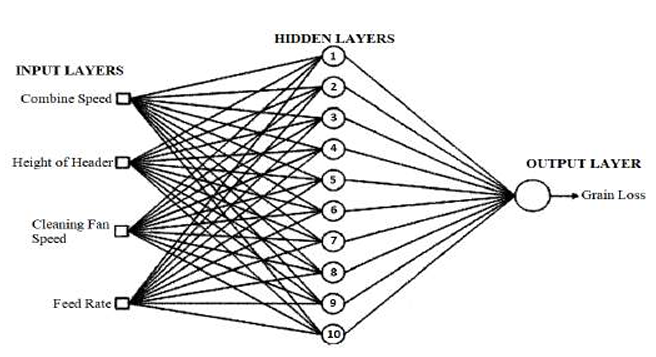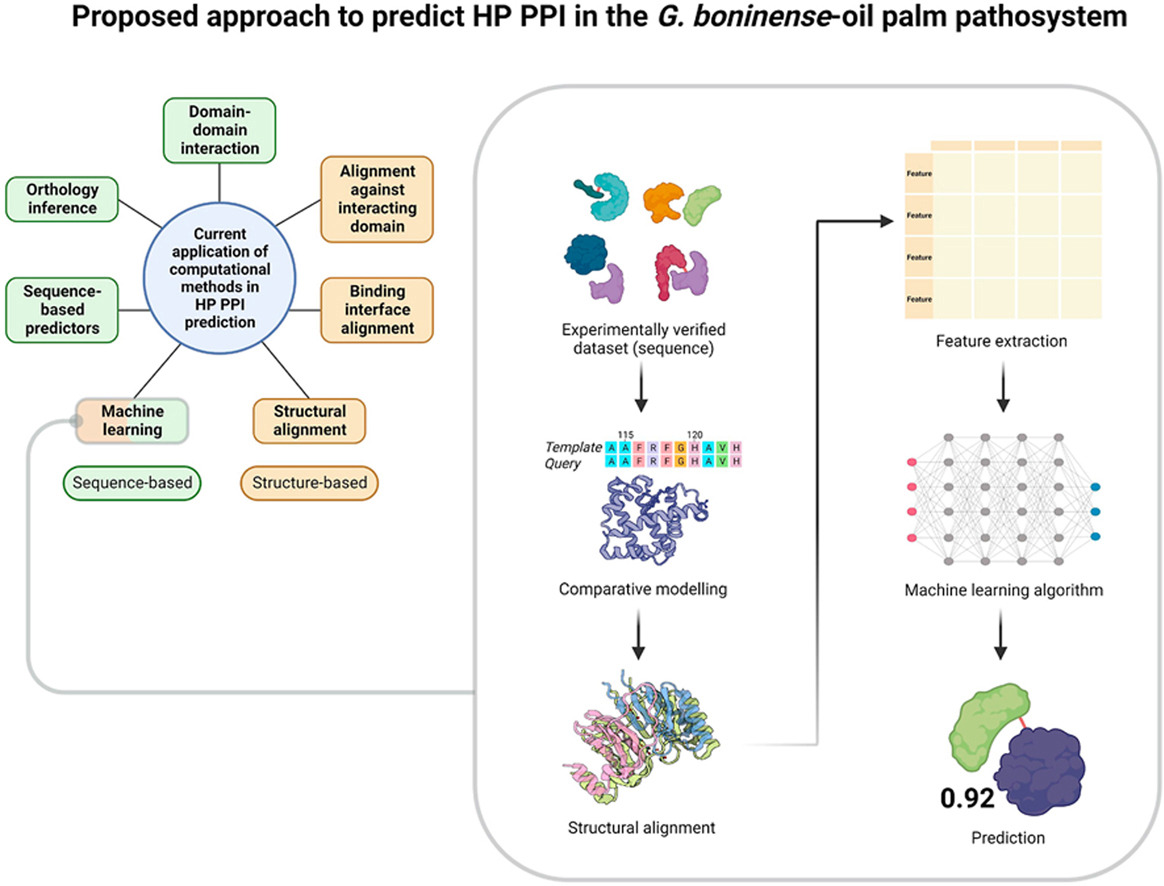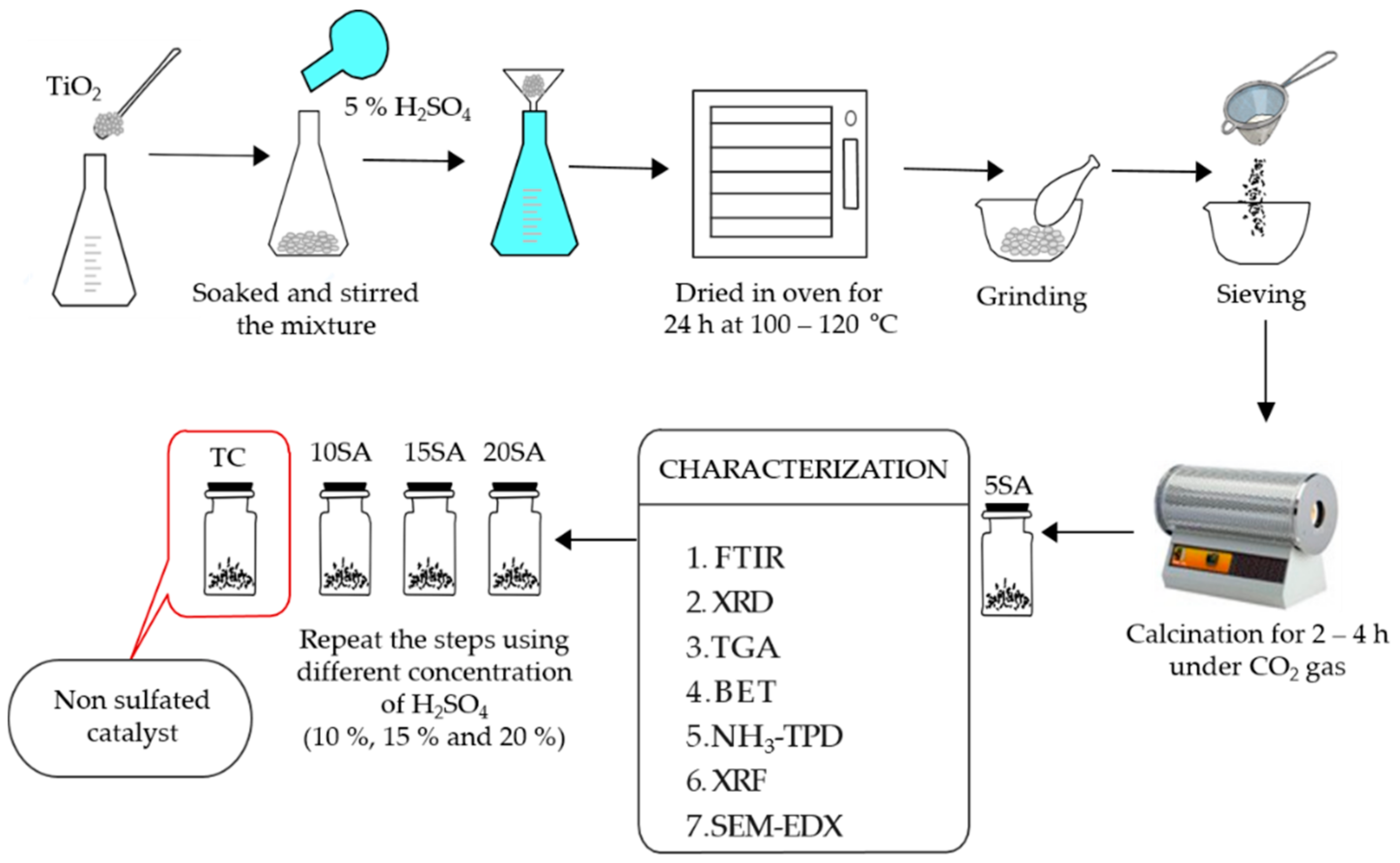The oil palm industry is the backbone of the Malaysian economy. However, it is threatened by basal stem rot caused by the fungus Ganoderma boninense, leading to severe losses over the past several decades. The study reported here is an effort to reduce Ganoderma inoculum and manage oil palm waste in plantations, which could be a green technology approach to reduce BSR infection pressure. A search for potential white-rot hymenomycetes to accelerate the degradation of oil palm stumps has been initiated and the changes in wood crystallinity at different stages of oil palm wood degradation after pre-treatment with three white-rot hymenomycetes species was comprehensively investigated. The findings were used to limit potential white-rot candidate(s) for their secretion of cellulolytic, hemicellulolytic and amylolytic enzymes, selectively or simultaneously, using principal component analysis. The overall per cent crystallinity of healthy wood decayed by Lentinus tigrinus increased as degradation proceeded. Conversely, crystallinity generally increased at 75 d in the diseased wood pretreated with Trametes lactinea, owing to the preferential degradation of noncrystalline lignins and hemicelluloses by this strain. Anatomical characterization revealed penetration of fungal mycelia into the degraded wood vessels, phloem and parenchymal tissues with microscopic cavities. In advanced stages of pretreatment, the loosening of the parenchymal tissue, including the wood rays, was more rapid in the diseased wood than in the healthy wood. This study provides new insights into the biochemical and anatomical changes initiated by white-rot hymenomycetes during the degradation of oil palm wood blocks. The present findings could be efficiently utilized for sustainable biological stump pretreatment, particularly with respect to the polysaccharide components of lignocellulosic materials.
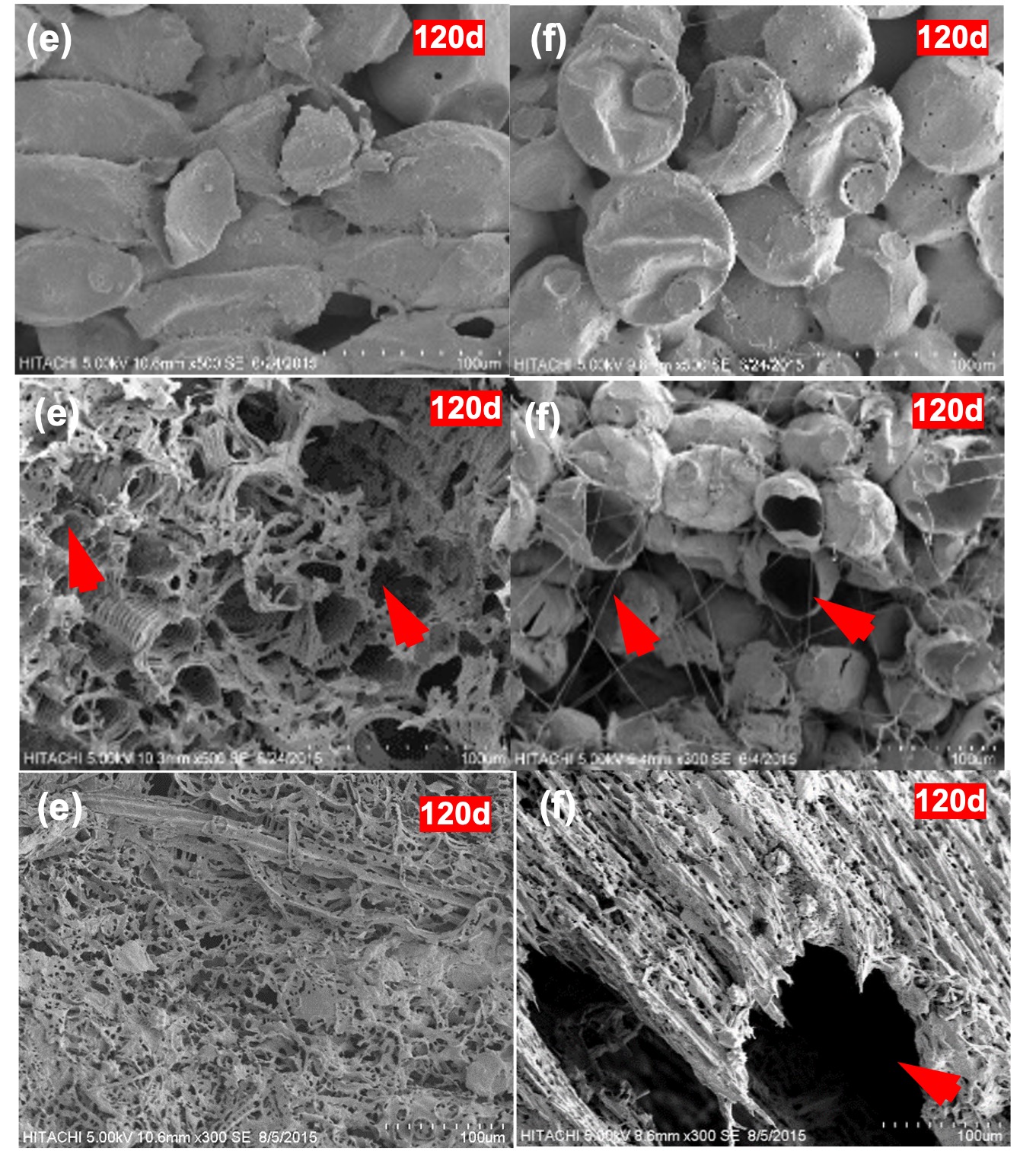
Scanning electron microscopy micrographs of the cross sections of oil palm blocks of healthy and diseased tissues decayed by different white-rot hymenomycetes at 120 days of degradation.
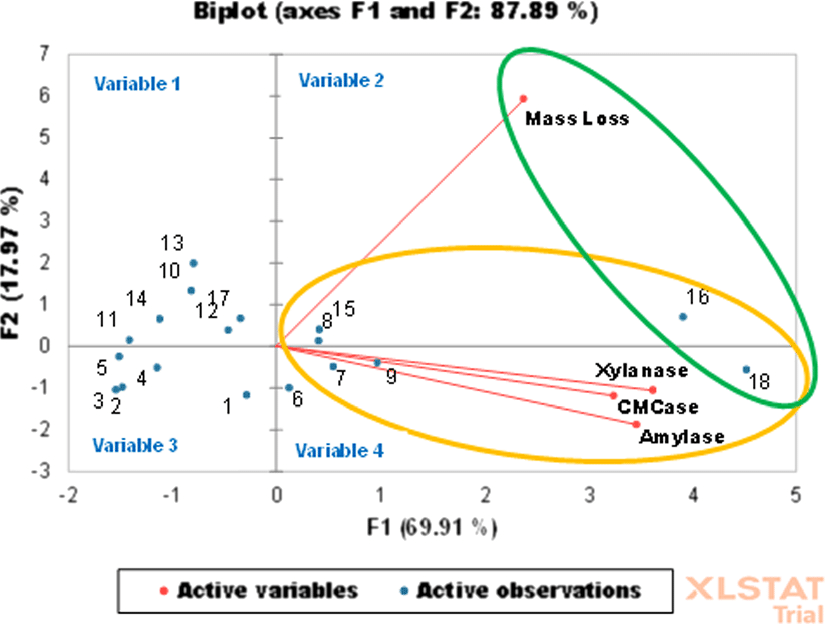
Principal component analysis. Biplot representation of the selection of fungal strains during biological pre-treatment. Distinct clusters are indicated by circles.
Naidu, Y., Shariffah-Muzaimah, S.A., Nur-Rashyeda, R. Abu Seman Idris, Shamala Sundram, A. Khairulmazmi ,Yasmeen Siddiqui. Consolidated evaluation of polysaccharide degradation after oil palm wood pretreatment with indigenous white-rot hymenomycetes. Wood Sci Technol 56, 409–435 (2022).
Tarikh Input: 30/01/2023 | Kemaskini: 04/04/2024 | ainzubaidah
PERKONGSIAN MEDIA













